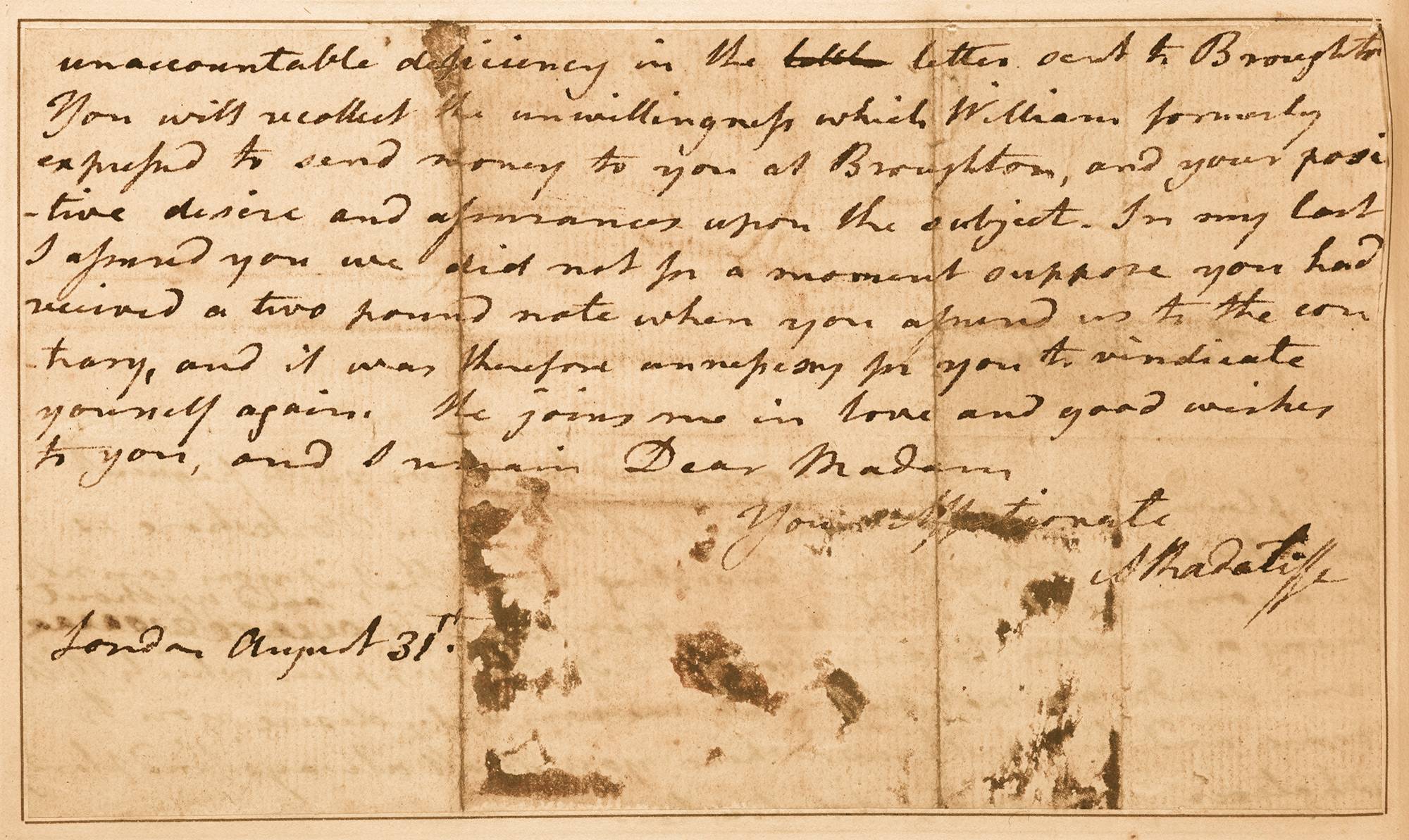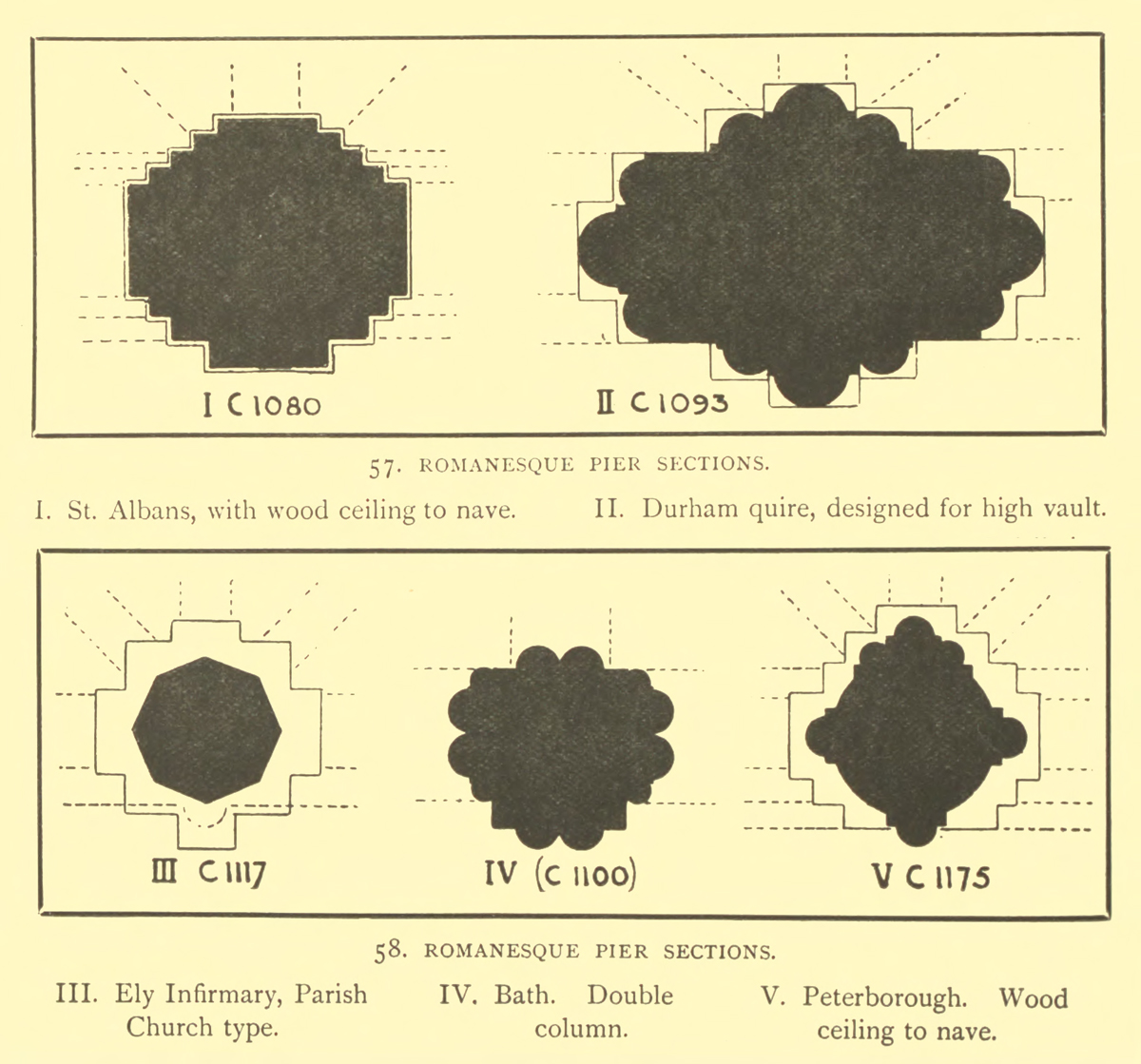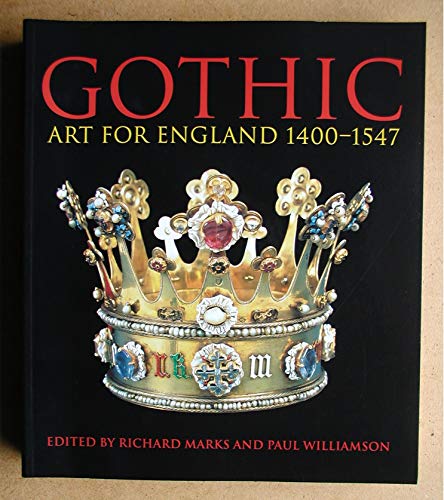

Even today, the depiction of the gradual corruption of a monk, the rape of a virgin by a representative of religion, who later discovers he has committed incest, matricide and made a bargain with the Devil, can seem rather sordid. The Monk by Matthew Lewis (1771 – 1818), published two years after Udolpho, continued to develop the dark themes of the emerging gothic oeuvre but the novel was condemned as being lewd with elements of the pornographic and the satanic. The Mysteries of Udolpho (1794) by Ann Radcliffe (1764 – 1823) is a powerful tale with the key elements of the Gothic: a heroine in peril, a sinister count and a creepy castle. William Beckford’s (1759 – 1786) Vathek (1786), a strange concoction subtitled ‘An Arabian Tale’, tapped into the dark weirdness of Otranto and included sorcery, the sacrifice of children, a man who sells his soul to the devil, subterranean ruins and eternal damnation. Sir Walter Scott called it the ‘happy combination of supernatural agency with human interest.’ The basic plot created other elements which became gothic staples, including a threatening mystery and an ancestral curse, as well as countless trappings such as hidden passages and oft-fainting heroines. In Otranto, Walpole’s declared aim was to combine elements of the medieval romance, which he deemed too fanciful, and the modern novel, which he considered to be too confined to strict realism. It was Walpole’s intention to create ‘a little Gothic castle.’
#19th century gothic literature windows
Externally his property at Strawberry Hill in Richmond near London seemed to be a blend of two predominant styles: a style based on castles with turrets and battlements, and a style based on Gothic cathedrals with arched windows and stained glass. Walpole was obsessed with medieval Gothic architecture, and built his own house in that fashion. The Castle of Otranto (1764) by Horace Walpole (1717 - 97) is often regarded as the first true Gothic romance.

The genre was defined retrospectively and it developed through a kind of artistic osmosis. However like the majority of so-called movements, whether in art or literature, there was no conscious decision by a group of writers to form themselves into a collective with a clear manifesto or to create fiction in a particular style. It was a fascination with this form of architecture that inspired the first wave of gothic novelists. The ruins of gothic buildings gave rise to multiple linked emotions by representing the inevitable decay and collapse of human creations. Similar to the gothic revivalists’ rejection of the clarity and rationalism of buildings in the neoclassical style – all smooth clinical lines and regulated forms - the literary Gothic embodies an appreciation of the joys of extreme emotion, the thrills of fear, dark unpredictability, an awe inherent in the recherché and a quest for atmosphere. The creators of these tales wanted to reshape the standard notion of literature from the smooth classical structure of the formal novel into a darker, older and more artificial style and as such Gothic literature is intimately associated with the revival of interest in Gothic architecture during the same era. Its rich, sensual hallucinatory qualities gave the reader an illicit thrill which still remains as potent and rewarding today.

The Gothic novel was not about real life. These tales took the reader into the land of dark dreams and racy scenarios presenting possibilities that the standard novel failed to capture, providing delicious and tantalising forbidden delights. The novels feature murky tales of revenge, torture, ancient villainies punished and young sensitive love rewarded usually by supernatural or supposed supernatural means. The Gothic novel, which became the vogue in the late eighteenth and early nineteenth centuries, contains a rich mixture of tragedy and romance, tinged with horror enacted in or around some form of a medieval or ‘Gothick’ architecture – a ruined castle, a deserted abbey and similar crumbling edifices.

A short history of Gothic fiction in two parts by David Stuart Davies


 0 kommentar(er)
0 kommentar(er)
